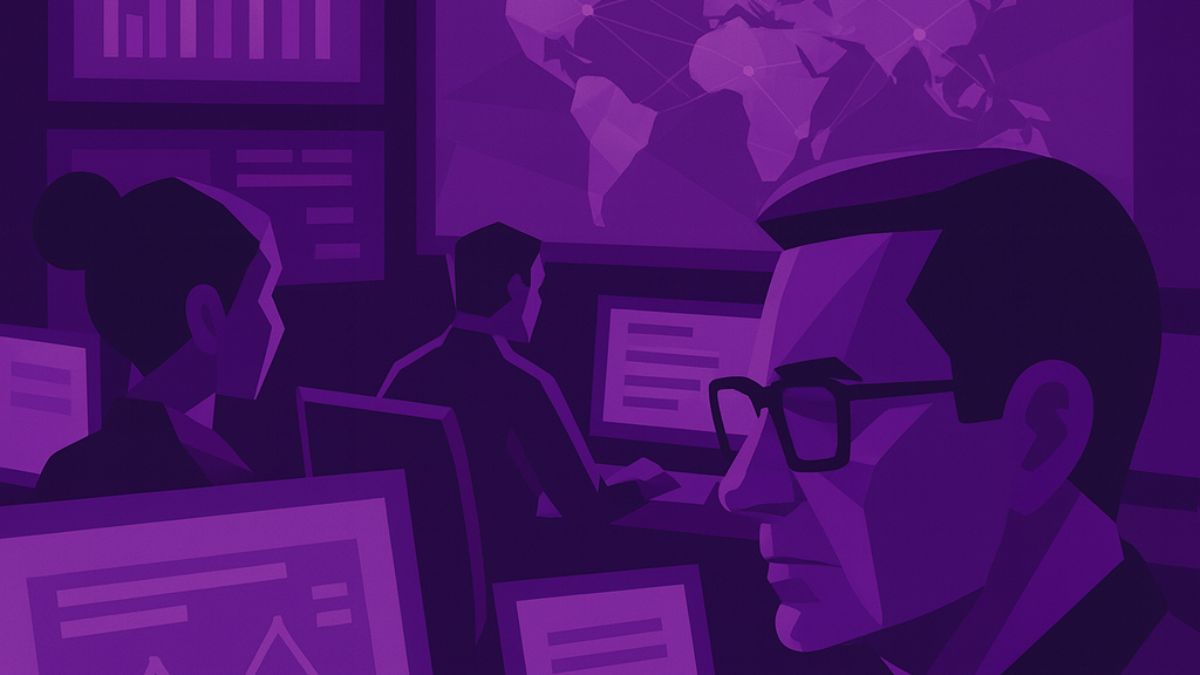Cybersecurity tools and solutions are essential defenses for individuals and organizations against persistent cyber threats. These tools protect devices, systems, applications, networks, and data, improving an organization’s security posture, managing compliance, and safeguarding its reputation against costly incidents. The digital landscape faces a constant barrage of cyber threats, including data breaches, malware, phishing attacks, ransomware, and insider threats. Such incidents can expose sensitive information, lead to significant financial losses, increase regulatory scrutiny, and severely damage business reputations. Therefore, using the latest cybersecurity tools, adhering to secure policies, and staying informed on security trends are critical to mitigate these growing risks.
Cybersecurity involves protecting systems, data, networks, and identities from online attacks or minimizing their impact. This protection relies on efficient tools, policies, processes, and technologies.
To counter these diverse threats, various cybersecurity tools serve distinct purposes. Network security monitoring tools oversee traffic and actively stop threats. Vulnerability scanners locate weaknesses in systems, prompting timely elimination. Firewalls filter out malicious traffic, blocking entry to the network. Encryption tools secure communications and content, protecting data in transit and at rest. Antivirus software prevents computer viruses and worms from infecting devices. Intrusion detection/prevention systems (IDS/IPS) detect and prevent threats as they emerge. Penetration testing tools evaluate current security measures and identify areas for improvement.
Benefits of Using Cybersecurity Tools
Cybersecurity tools offer several key advantages. They protect personal data from theft and exposure by malicious insiders or external forces. Continuous monitoring enhances an organization’s overall cybersecurity posture. These tools uphold an organization’s reputation and maintain trust among customers, partners, and investors. Automated cybersecurity tools also improve employee productivity. They manage compliance and regulatory requirements through analytics and auditing capabilities. Furthermore, these tools bolster the security of distributed or remote workforces and manage identities and access permissions on critical systems and data, ultimately saving money by preventing costly breaches and recovery efforts.

